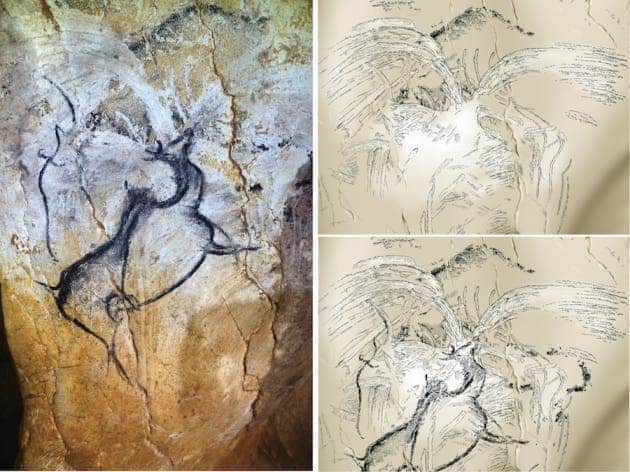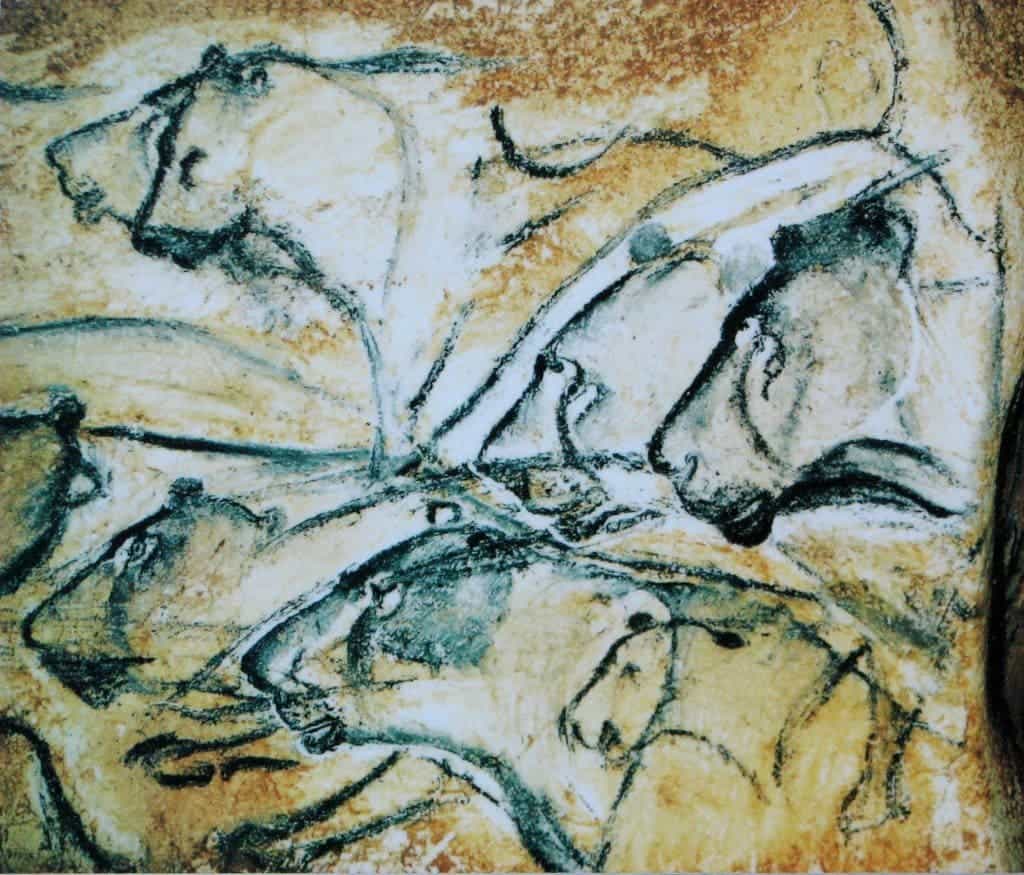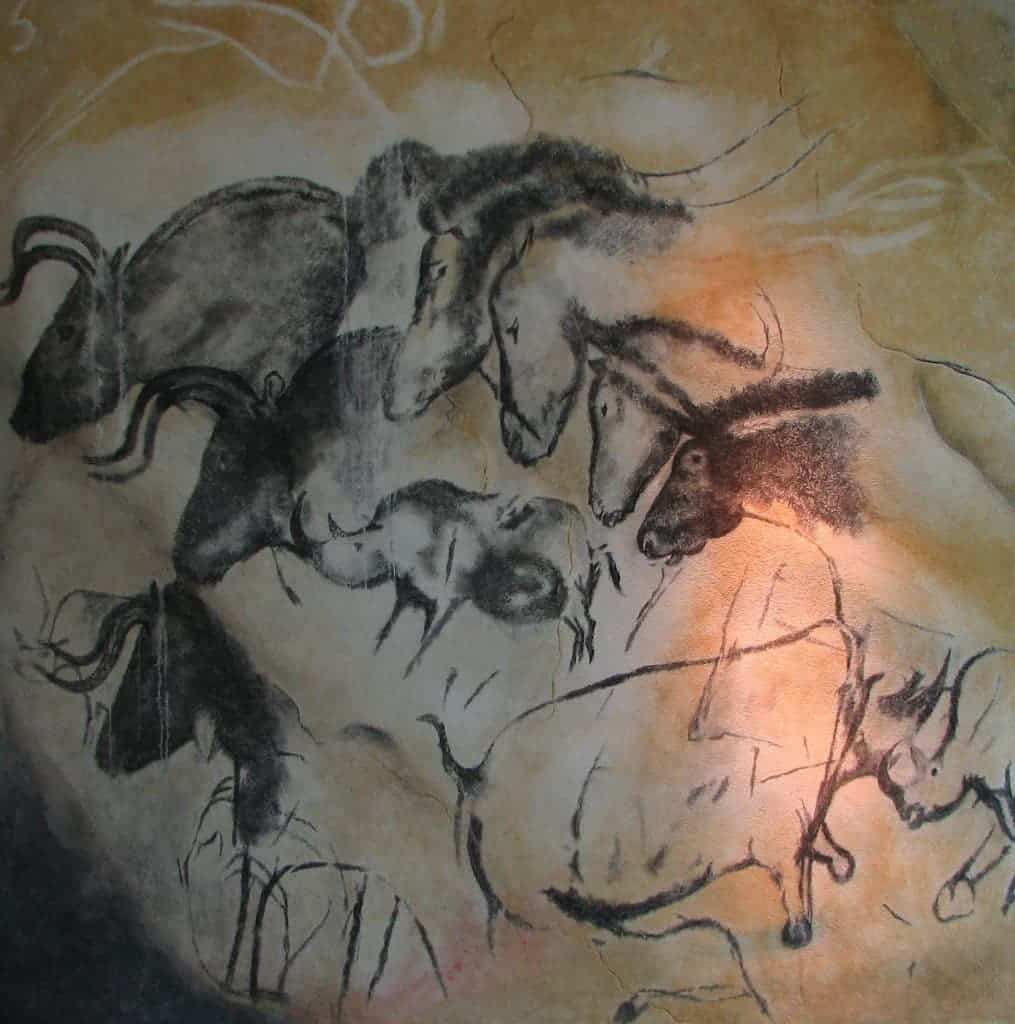Volcanic eruptions have fascinated and frightened people for millennia, and many have tried to describe them in different ways. Whether it was through paintings, text or documentaries, we’ve all seen volcanoes described in one way or another. But for people 30,000 years ago, that was a much more difficult challenge. Now, researchers believe they have found the earliest such depictions.

The famous Chauvet cave is one of the most well known and well studied caves in the world. Hosting the earliest and best preserved figurative cave paintings in the world, as well as other evidence of Upper Paleolithic life, it’s a Mecca for anthropologists. The Werner Herzog documentary ‘Cave of Forgotten Dreams’ made it equally famous for the public.

Fearsome woolly rhinoceroses, cave lions and bears dominate Chauvet’s imagery, but the most spectacular image is a giant deer species, Megaloceros (the first image). This deer drawing is surrounded by mysterious spray-like imagery; what it represents remains a mystery. Now, Sebastien Nomade, a geoscientist at the University of Paris-Saclay in Gif-Sur-Yvette, France, who led the study believes he’s found the answer: volcanoes.
“I think they make a pretty good case that it’s potentially a depiction of the kind of volcano that one sees on the landscape,” says Michael Petraglia, an archaeologist at the University of Oxford, UK. Depictions of natural events in rock art are rare, he notes, but this could be because they are too abstract or because researchers simply haven’t looked. “Maybe there’s more of this out there than we have realized.”

[Also Read: Did you know? Prehistoric Art – The Trois Frères Cave]
It’s not the first time volcanoes have been associated with the cave. After all, Chauvet is located a mere 35 kilometers (21 miles) as-Vivarais volcanic field, a well-known site containing more than a dozen extinct volcanoes. The problem was timing – previous studies put the volcanic eruption way before humans arrive and made drawings in Chauvet. Now, through isotopic analysis, Nomade’s team believes the last series of eruptions took place between 19,000 years and 43,000 years ago – a timing window which fits with human existence in the cave. He also says that the cave provided a safe vantage point to the chaos unleashed by the volcanoes.
“You just have to climb the small hill on top of Chauvet, and looking north you see the volcanoes. During the night you could see them glowing and you could hear the sound of the volcanic eruption.”
Axel Schmitt, a geoscientist at Heidelberg University in Germany whose team studied the eruption near Çatalhöyük, says that the dating of the eruptions near Chauvet is solid, but it seems to me like we still need some more evidence. Sure, the timing fits, it could be a depiction of a volcanic eruption but it doesn’t have to be. After all, it’s still a matter of artistic interpretation.
Was this helpful?



